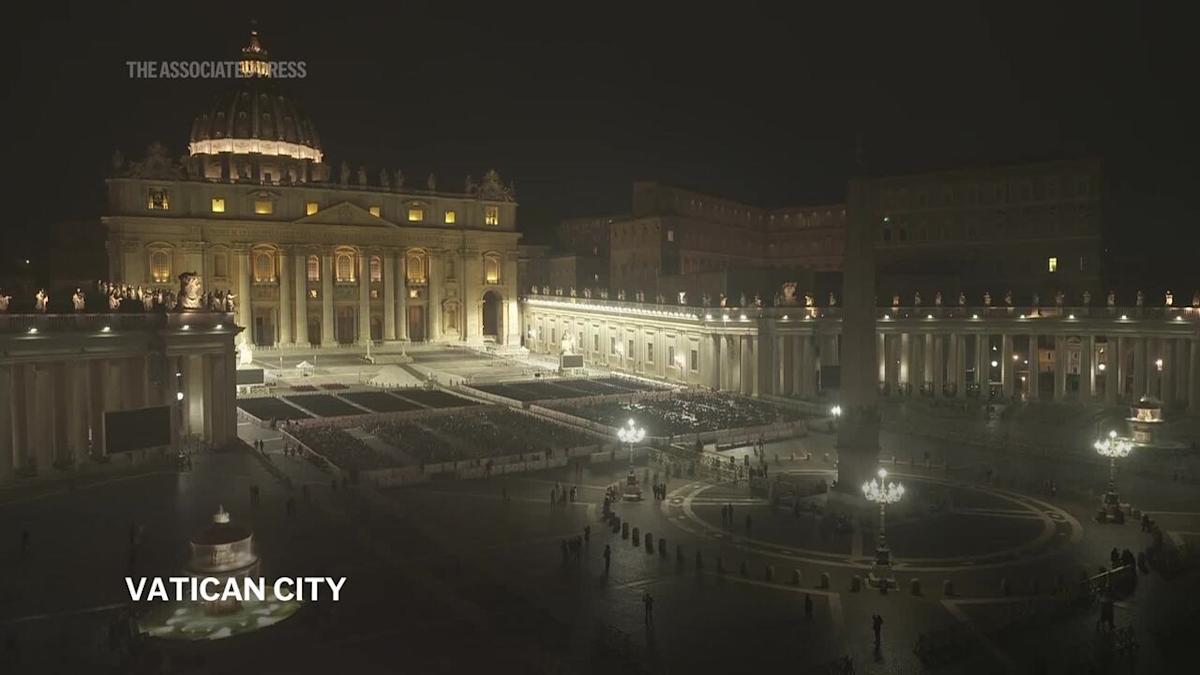Iconic Landmarks Dim Their Lights in Global Earth Hour Tribute
As the sun sets around the world, an extraordinary event unfolds. Iconic landmarks and monuments, from the Eiffel Tower in Paris to the Sydney Opera House, dim their lights in a unified global tribute known as Earth Hour. This event, which takes place annually, serves as a powerful reminder of the urgent need to address climate change and advocate for sustainability. By participating in this symbolic gesture, these landmarks not only inspire millions but also highlight the collective responsibility we share in protecting our planet.
Understanding Earth Hour
Earth Hour is an initiative created by the World Wildlife Fund (WWF) in 2007, aimed at encouraging individuals, communities, and businesses to turn off non-essential lights for one hour to raise awareness about climate change. Initially starting in Sydney, Australia, this movement quickly gained momentum, spreading to cities and countries worldwide. Today, millions of people participate, demonstrating their commitment to environmental sustainability.
Every year, Earth Hour takes place on the last Saturday of March, inviting everyone to join in solidarity. The event not only shines a spotlight on climate issues but also encourages dialogues about sustainability practices. With each passing year, the participation of iconic landmarks has grown, transforming Earth Hour into a global phenomenon.
The Significance of Dimming Lights
When iconic landmarks dim their lights, it sends a resonant message to the world. Here are a few reasons why this act is significant:
- Raising Awareness: By turning off the lights, landmarks symbolize the fight against climate change, prompting discussions about energy consumption and conservation.
- Unity and Solidarity: The simultaneous dimming of lights creates a sense of global unity, reminding participants that they are part of a larger movement dedicated to environmental protection.
- Encouraging Action: Earth Hour serves as a catalyst for communities to take further action in their daily lives, from reducing energy consumption to advocating for sustainable practices.
Landmarks That Participate
Many of the world’s most recognizable landmarks take part in Earth Hour, showcasing their commitment to sustainability. Some of these iconic structures include:
- The Eiffel Tower: This emblem of Paris dims its lights, creating a romantic yet poignant atmosphere, highlighting the city’s dedication to environmental issues.
- The Sydney Opera House: Known for its unique architecture, the Opera House plunges into darkness, signifying Australia’s commitment to combating climate change.
- The Empire State Building: As one of New York’s most famous buildings, it joins the global effort, encouraging New Yorkers to reflect on their environmental impact.
- The Colosseum: This ancient structure in Rome stands in solidarity with the global community, urging citizens to consider the importance of preserving our planet for future generations.
The Impact of Earth Hour
Earth Hour is more than just a symbolic act; it has tangible effects on communities and the environment. Over the years, this initiative has:
- Increased Engagement: Millions of people have participated, often leading to local events and community gatherings that foster a spirit of collaboration.
- Influenced Policies: The visibility generated by Earth Hour has prompted governments and organizations to adopt more sustainable practices and policies.
- Promoted Education: Earth Hour serves as an educational tool, raising awareness about the importance of sustainability and encouraging individuals to adopt eco-friendly habits.
How Individuals Can Participate
While the dimming of landmark lights captures attention, Earth Hour is about more than just iconic buildings. Individuals can participate in various ways:
- Turn Off Lights: For one hour, turn off all non-essential lights to symbolize your support for environmental action.
- Host an Event: Organize a gathering with friends or family, sharing ideas about sustainability and ways to reduce your carbon footprint.
- Spread the Word: Use social media to share your Earth Hour experience, encouraging others to join in.
- Implement Changes: After Earth Hour, consider making lasting changes in your life, such as reducing energy consumption or supporting sustainable products.
The Future of Earth Hour
As we look forward, the future of Earth Hour appears bright. The event continues to evolve, with new participants and innovative ideas emerging each year. The integration of technology allows for broader outreach and engagement, making it easier for people to participate from anywhere in the world.
Moreover, as climate change becomes an increasingly urgent issue, the relevance of Earth Hour is more critical than ever. The need for global awareness and action is paramount, and Earth Hour serves as a powerful reminder of our collective responsibility to the planet.
Conclusion
Earth Hour is a profound event that transcends geographical boundaries, uniting people in a common cause: the fight against climate change and the promotion of sustainability. As iconic landmarks dim their lights in tribute, they remind us of our shared responsibility to care for the Earth.
By participating in Earth Hour, we can all contribute to a healthier planet. Whether through small actions in our daily lives or by uniting for a larger cause, each of us has the power to make a difference. This Earth Hour, let’s illuminate our commitment to a sustainable future, not just for one hour, but for every hour that follows.
See more Your Daily Weather



